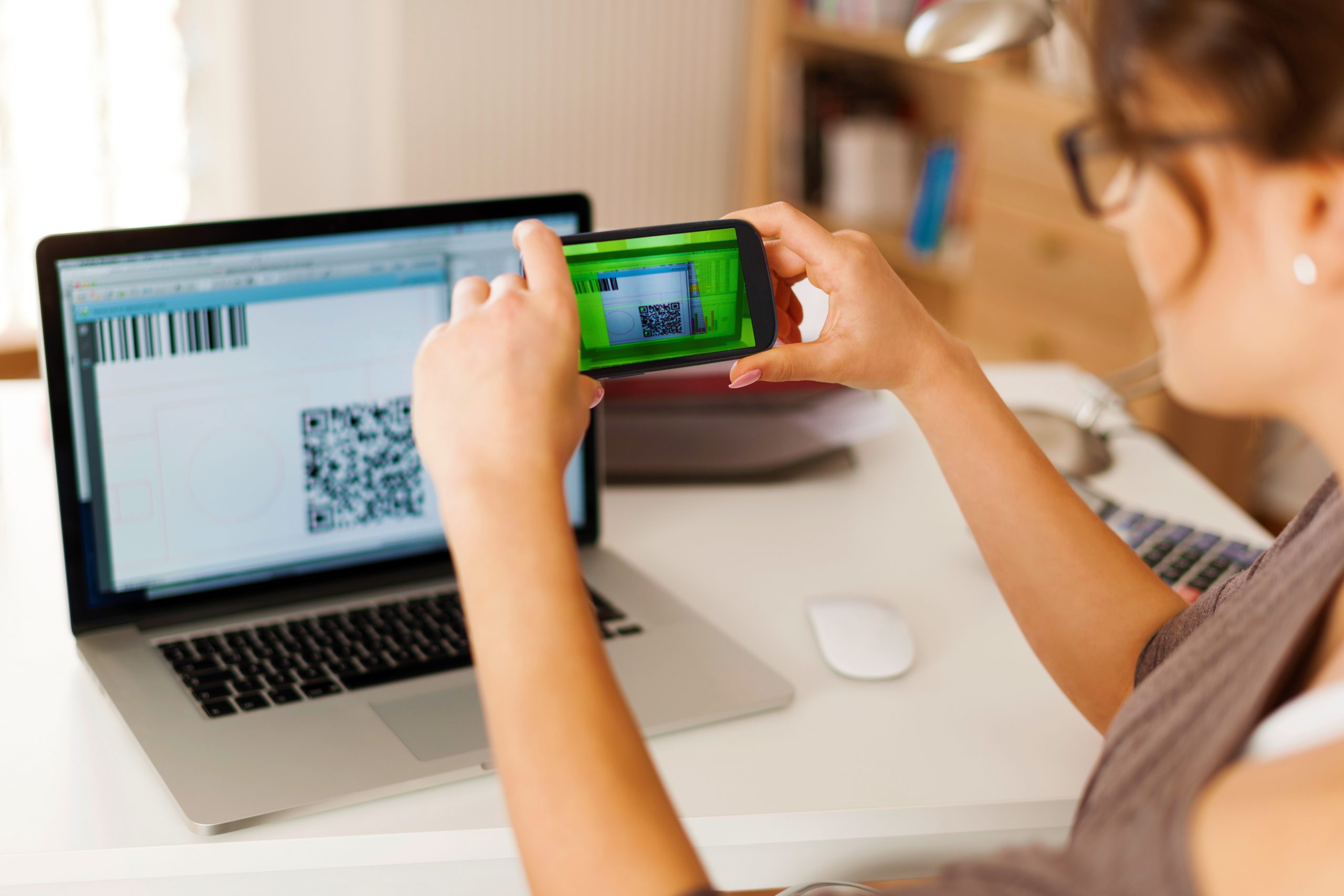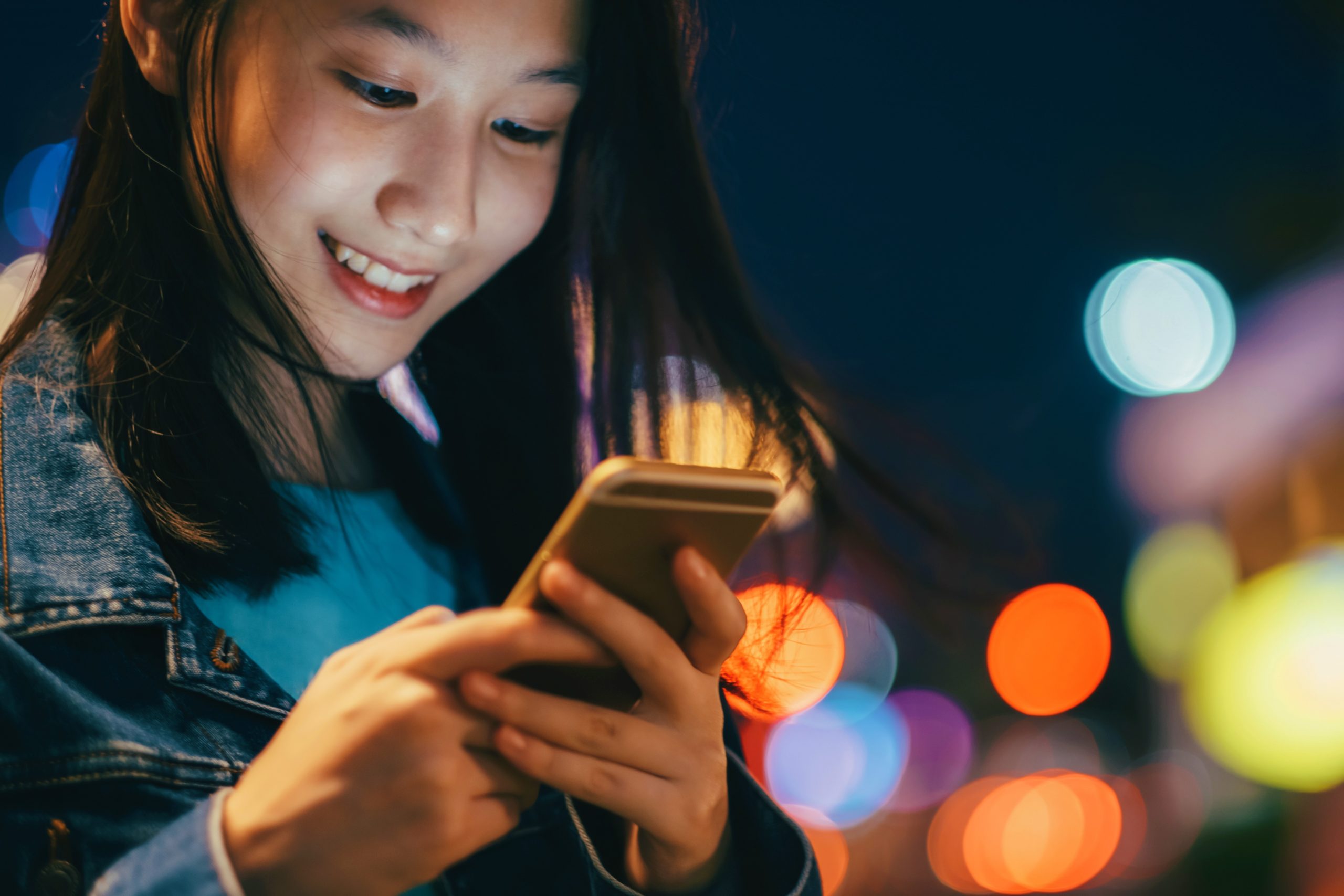We’ve all spent at least half a year in partial isolation: meeting up with friends over Zoom instead of a coffee shop, sitting at arm’s length from relatives who normally give the best hugs, and pushing back the family reunion another year.
It’s left us all craving experiences that are personal, immersive, and ideally, sterile. And as it turns out, we don’t need to wait for Google glasses. The humble QR code has re-emerged in attractions, restaurants, and more to fill in the gaps. And it’s actually doing a pretty amazing job.
Here’s our take on why the QR code is back in town and some tips for how you can unlock its full potential.

Why QR Codes Are Back
We should have known the QR code would be back for round 2. They’re used frequently abroad; especially in China, it’s commonplace to snapshot a QR code to pay, learn more, get instructions or even download someone’s contact info.
Technology has also improved since QR codes first appeared on the scene. On most smartphones all you have to do is point your camera toward that powerful little box, and voila. From a user perspective it’s basically foolproof, and on the business side of things, it’s pretty simple to set up even for the less tech-savvy among us.
Finally, the season of COVID has forced us all to get creative. Restaurants, hotels, walking tours and basically any business can use QR codes to streamline check-ins and purchases, and improve the overall experience – even when we’re masked up and keeping a safe 6’ distance.
QR Codes Are The Perfect Contactless Solution
In the colorful world of tourism, we never thought we’d strive to become “contactless.” But it’s 2020, and well, here we are.
Responsible travelers are seeking out destinations and attractions that are openly committed to promoting safety, both for customers and staff. In combination with other measures like limiting the number of customers and offering up gallons of hand sanitizer at every turn, the QR code is actually an incredibly effective way of limiting direct contact. Patrons can pay without pulling out a credit card, or place an order without holding a paper menu.
QR codes also serve as a pretty genius way of offering more information and education if you’re running on a limited staff.
Customize The Experience
By replacing traditional brochures or flyers with a QR code, you can easily customize the experience. If you typically get a lot of Spanish-speaking guests, or you’re expecting a bus of tourists from Beijing, you can duplicate your information in any language without bringing in a translator.
Same goes for plenty of other demographics. Kids might get an explanation that’s directed right to them. Tourists who are interested in a specific landmark can deep dive for more info, or skip it and spend more time at the next one.
Transport Your Customers (Virtually)
Whether you own a restaurant, tour company or museum, everything in COVID times feels a little off. There are fewer guests, our faces are disguised behind masks and foggy glasses, and a handshake is basically unheard of. So much for warm service with a smile.
But fortunately, there are other ways you can energize your customers and convey your unique brand experience. Make the most of this opportunity by creating some gorgeous videos or even incorporating AR. Infuse your landing page with striking visuals and friendly copy that conveys all that personality.
It may not be exactly the same as it was last year, but you’ll still create an innovative, engaging, and memorable experience.

Are QR Codes Here to Stay?
If you ask us, QR codes will probably stick around a while. Even without a global pandemic, this technology is readily accessible, and has a lot of potential to enhance your product or service. If you invest some time into crafting a virtual experience, you’ll find that QR codes can add convenience and make customers feel more connected to your brand.
Check out our COVID-19 resources for more ideas on how to make your business thrive in this new era. The tourism industry doesn’t pause for anything, so let’s move forward.